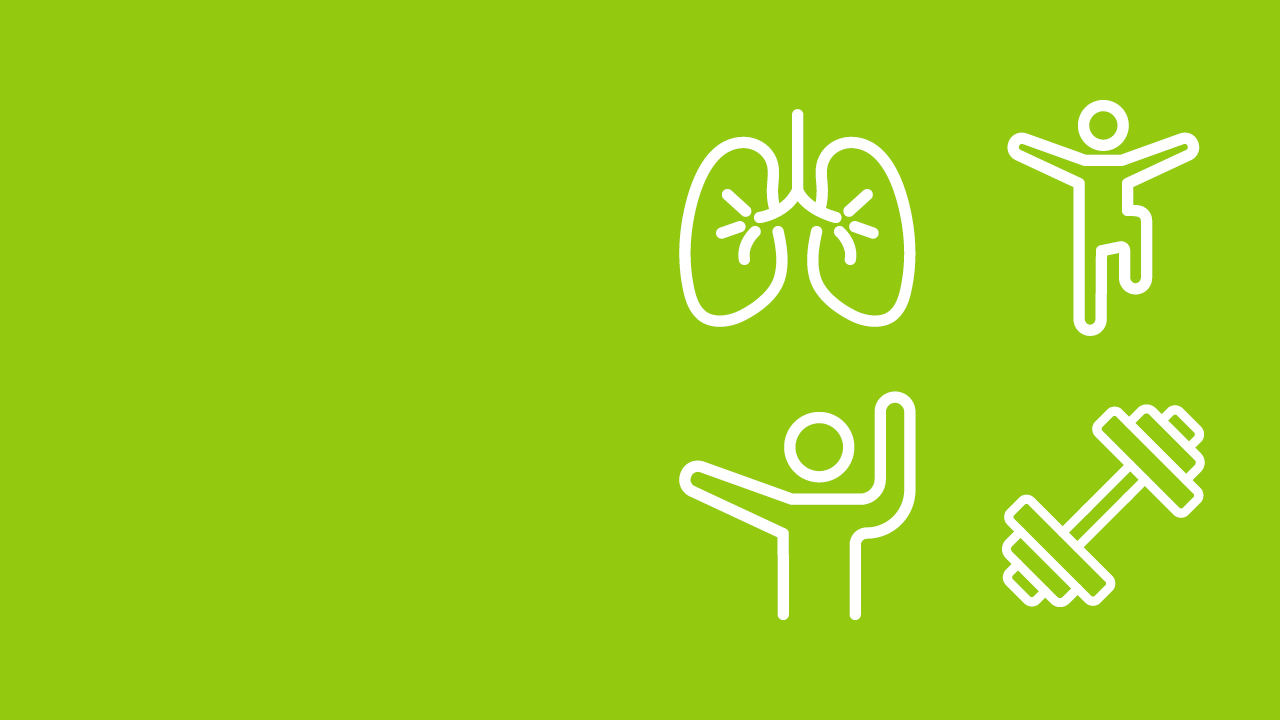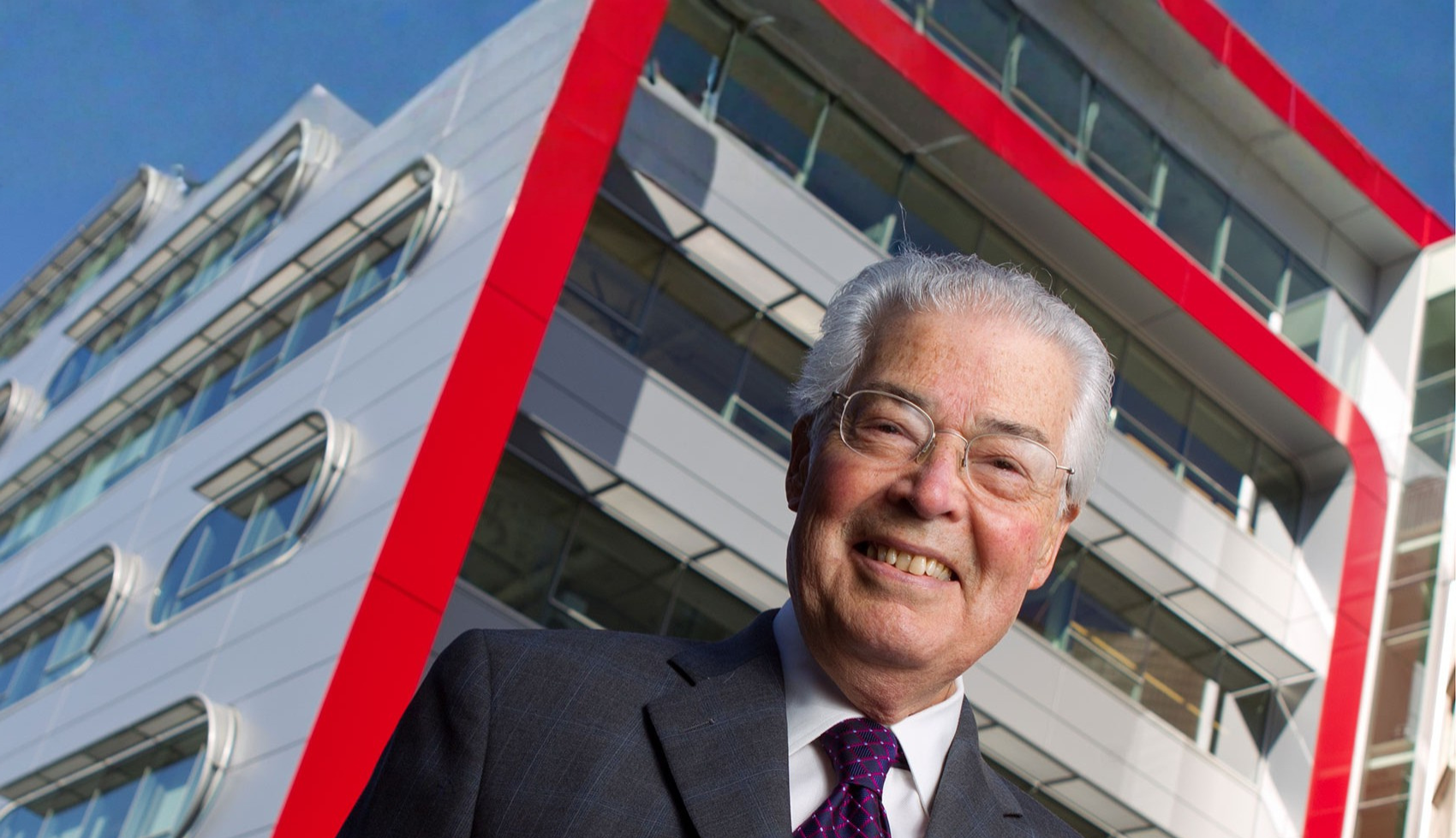Boost your health through physical activity
Staying or getting active at any age has definite health benefits both physical and mental. When we inject physical activity into our lives, we stimulate an improved mood, better energy, and a body that’s primed to tackle the joys of aging. It can help you stay mobile, and above all, prevent injuries and hospital admissions. Dr. Babak Shadgan, researcher with the International Collaboration on Repair Discoveries (ICORD) and an Olympic sports physician, shares his tips for appropriate physical activity to support healthy aging.
Aerobic
Aerobics get your heart pumping, improve your energy and help maintain health through improved sleep. For older adults, especially those who have osteoarthritis, knee pain, back pain, or fibromyalgia, water exercise can be a great form of aerobics. You can walk and run in water, as well as jump or kick, without it stressing your joints, muscles, and spine. There are also plenty of classes to be found for any age group!
Balance
Maintaining good posture, improving coordination, and reducing the risk of falls—balance exercises are incredibly important, particularly as you age. I recommend trying these to start: hip circles where you hold onto a sink, counter, or back of a chair with both hands and begin making a big circle with your hips clockwise five times, then counterclockwise five times. Next, while still holding onto a sturdy item, alternate standing on one leg for up to one minute. If you feel confident, try outstretching your arms as well.
Flexibility & stretching
Improving your full range of motion can help you function at work, socially, or even at home with tasks such as tying shoelaces or reaching a shelf. Most flexibility that seems to be lost through aging is caused by inactivity or lack of movement! The basics can help keep your body feeling fluid—calf stretches, groin stretches, or hamstring stretches should be done for five to ten minutes, trying to hold each stretch for 15 to 30 seconds. Breathe normally and try closing your eyes as you do so, it helps you relax! Be sure to take time to stretch before and after exercise to decrease your chance of injury.
Strength
Despite the complexity of their makeup, muscles possess a distinctive capacity for regeneration and development throughout the aging process. Strengthening exercises help maintain muscle, strengthen bones, and protect knees and other joints from early degenerative joint diseases. Muscles become stronger through a three-step process: stress, rest, and repeated stress. To increase muscle fitness, try resistance training with rubber tubing or stretchable bands, light free weights or weight-training equipment, body exercise such as push-ups, leg lifts, squats and lunges, or even doing housework and yard work.
Share this:



